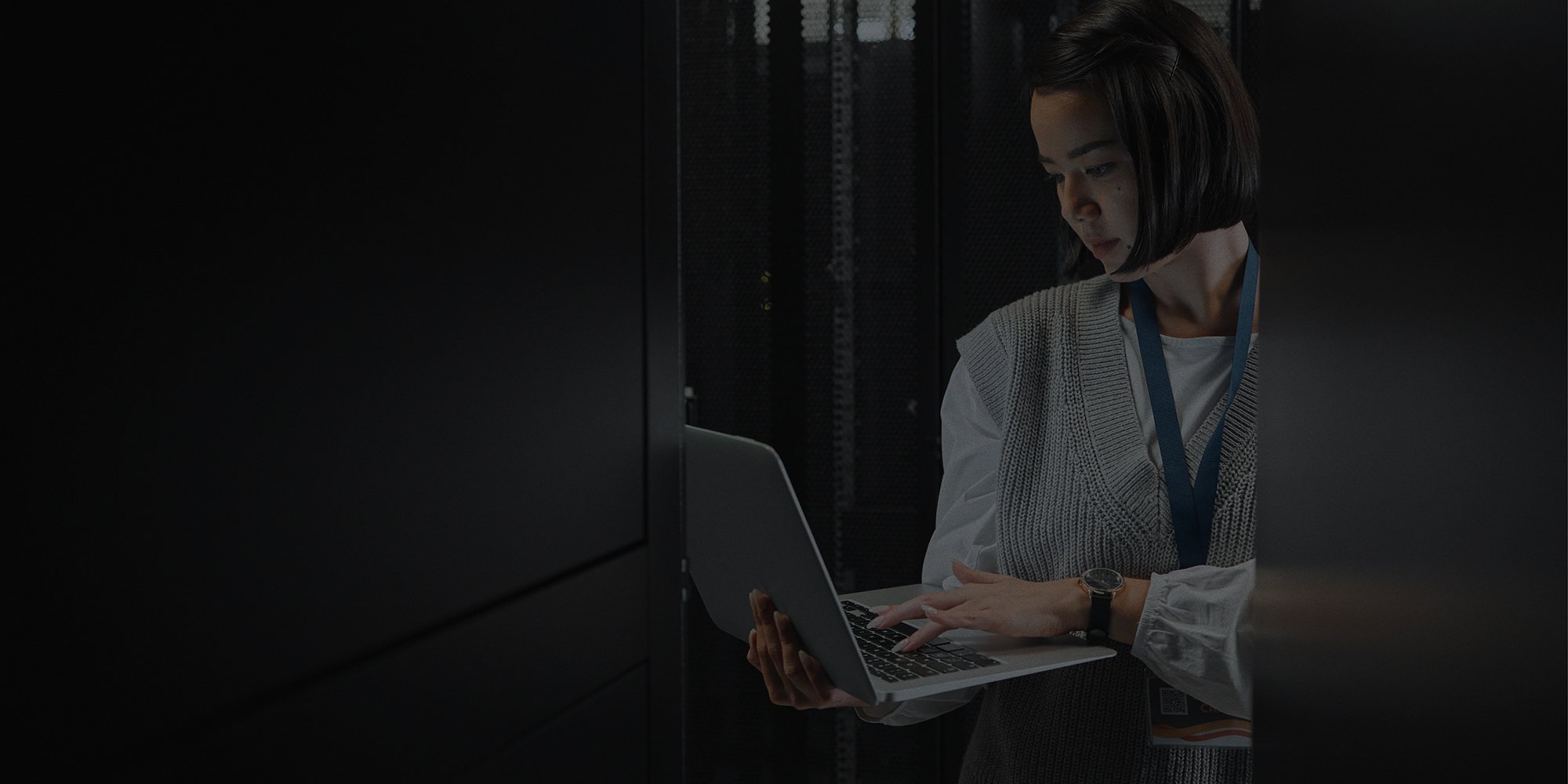How to Prepare for the New Workplace Now

COVID-19 has changed the future of the workplace forever. In early May, Microsoft CEO Satya Nadella reflected, “We have seen two years’ worth of digital transformation in two months.”
The global pandemic has introduced an abundance of challenges for life in the workplace, forcing organizations to rethink how they do business. From large conferences to work travel, the office may never be the same. Here are five ways that the future of work will undoubtedly change and how you can prepare.
OFFICE LAYOUTS
Perhaps the most apparent impact of COVID-19 will be the percentage of people working in a physical office space. According to a recent study, nearly 75% of CFOs expect to transition to remote work setups permanently. This transition is primarily driven by a desire to cut commercial real estate costs.
For companies that continue to adopt an in-office work environment, we can expect changes in office structure. The “six feet office” will showcase a socially distant workplace with protocols for walking around the office, desk arrangements and sanitizing procedures. Experts have predicted that barriers between desks will be utilized to block the spread of germs. Standing desks, which would necessitate taller barriers, are likely to decline. Some workplaces are even requiring employees to pass a health check before the start of each workday to enter the office.
OFFICE PERKS
The days where nap-pods and ping-pong tables offered companies a recruiting advantage are gone. Workers have had a taste of remote work life and many will not accept a return to the in-office environment.
In the post-pandemic workplace, companies may opt for a hybrid approach, allowing some employees to work remotely. In order to recruit top-notch talent, you must plan for what the remote work policy will look like and how you can support your remote employees. Shopify, for example, offered its employees $1,000 to purchase any necessary office equipment to help ease the transition to remote work.
COMMUNICATION IS KEY
As more employees transition to remote work, it will be important to emphasize clear communication. For example, consider the difference between “ok”, “ok.”, and “ok…” One simple word can have different connotations depending on punctuation, and you don’t get the added help of inflection, tone and body language. Hiring someone who understands the difference is imperative to a successful remote work environment.
Chat literacy is the ability to understand the difference between these phrases. While it shouldn’t be a deal breaker during the hiring process, it should be taken seriously throughout the onboarding process and training. In a future workplace where communication will shift from verbal to digital, the importance of chat literacy can’t be overstated.
GREATER ACCESS TO TALENT
Remote work presents a major opportunity for greater access to talent. Specifically, there is no geographical constraint to finding qualified employees. With no geographic barriers, there are no excuses when it comes to developing a talent strategy that enables a diverse workforce across age, race and gender.
Far too often organizations speak about the importance of diversity but claim that they can’t find underrepresented talent. Remote work undercuts that argument and allows organizations to go beyond their local market to find qualified candidates. The concentration of talent across the country creates more economic growth and opportunities for communities that aren’t based in larger metro areas.
EVOLUTION OF HR
HR professionals may be tested in ways they have never experienced before. They’ll have to get creative to make remote workers feel like they are a part of the team and foster bonds of togetherness that happen more naturally in the office.
Going remote and losing human connection may impact employees who thrive in person and alter team dynamics. HR departments will have to actively work to ensure interactions do not feel impersonal or isolating for potential candidates and current employees. Greater emphasis on company culture will need to be practiced. Investing in employee resource groups, interactive communication tools and digital resources for collaboration will streamline employee interactions.
Before the pandemic, 70% of employees believed going into the office wasn’t necessary. As we emerge from this pandemic, this statistic will likely increase. It isn’t whether or not the traditional office will change, it’s how. By planning ahead and preparing your company for a remote work future, you can set yourself up to weather these difficult times and navigate the post-pandemic workplace.
Related news
5 Ways to Help Employees Adapt to New Technology
Since technology is evolving almost daily, there are often new and improved advancements available...
Five Ways to Evolve Your Skills Over Time
No matter your industry, you can’t deny that more and more smart, diverse individuals enter the...
How to Maximize Your Personal Productivity
As we near about a year since the national shutdowns caused by the COVID-19 pandemic, many...






